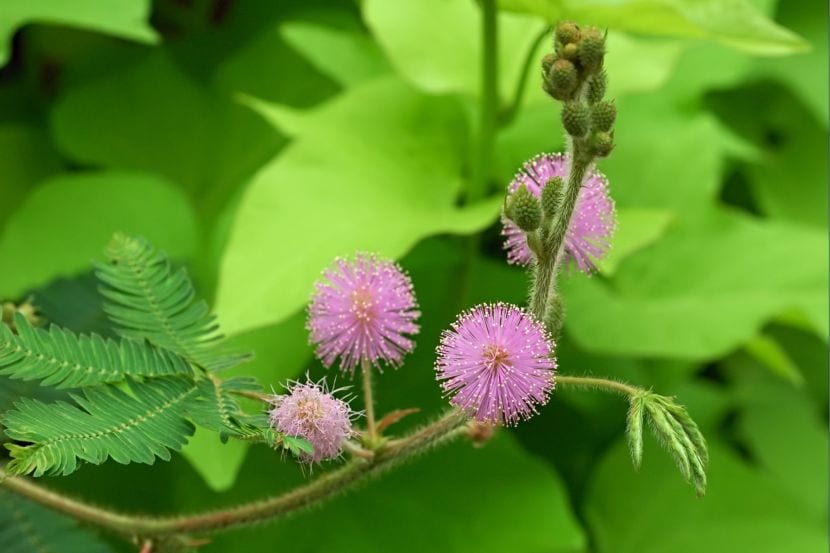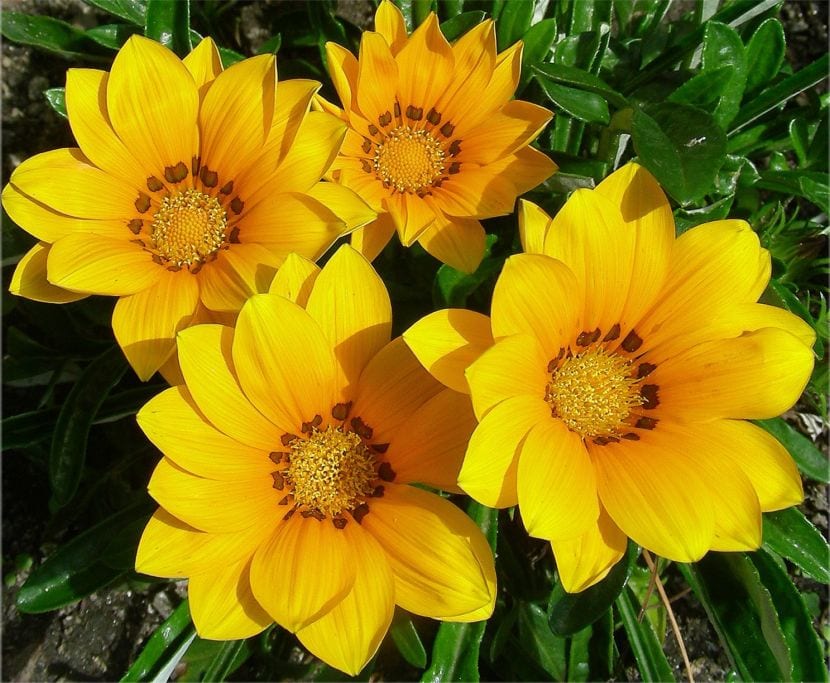
Have you just entered the world of gardening and do not understand what some of the most used words in the technical sheets refer to? Do not worry. It has happened to all of us. On this day we will let you know the meaning of those words that seem to be taken from a book in a foreign language, and you will see how later it will be easier for you to understand them, and thus be able to design a dream garden.
There are many, that is why we have compiled for you the most frequent ones to see in botanical cards and books. And if you have any questions, don't leave them unsolved. Make a comment and we will respond as soon as possible.

Being able to have the plants classified and ordered helps us a lot to know what this particular plant is called, its place of origin, its dimensions once it is adult, ... in short, it helps us to design, not only our garden, but also our patio or terrace.
Some words that we can find are the following:
- Native species: plant that lives in a certain place. They are also known as "native plants".
- Dioecious plant: they are those with female feet and male feet in different specimens.
- Gender: is a category that includes numerous plants with very similar characteristics. For example, when we see the scientific name for flamboyant, Delonix direction, the genre would be Delonix.
- Species: when a plant of the same genus differs from the others, it is given a different species. For example, and continuing with the flamboyant, the word direction it would be the denomination of the species. Why? Because within the Delonix there are several whose flowering color is different.
- Variety and / or shape: in some cases we can see that after the species, there is the variety or the form. It is common to see it on the cards of cacti or other succulent plants. The variety is usually put when there is some characteristic to highlight of the particular plant. And the shape when we talk about special and curious plants, such as: monstrous form, cristata form, etc.
- Cultivar: it is a specimen that is not found in nature, but is made by humans in the laboratory.
- Scientific name: it is always composed of genus and species. The variety and / or the form and the cultivar will also be part of it if it is the case, that is, if the specific plant has any of these characteristics.

It is interesting to know some technical data of the plants to be able to better inform us about their care and maintenance. The tokens will help us a lot so that our passion for gardening can last forever.